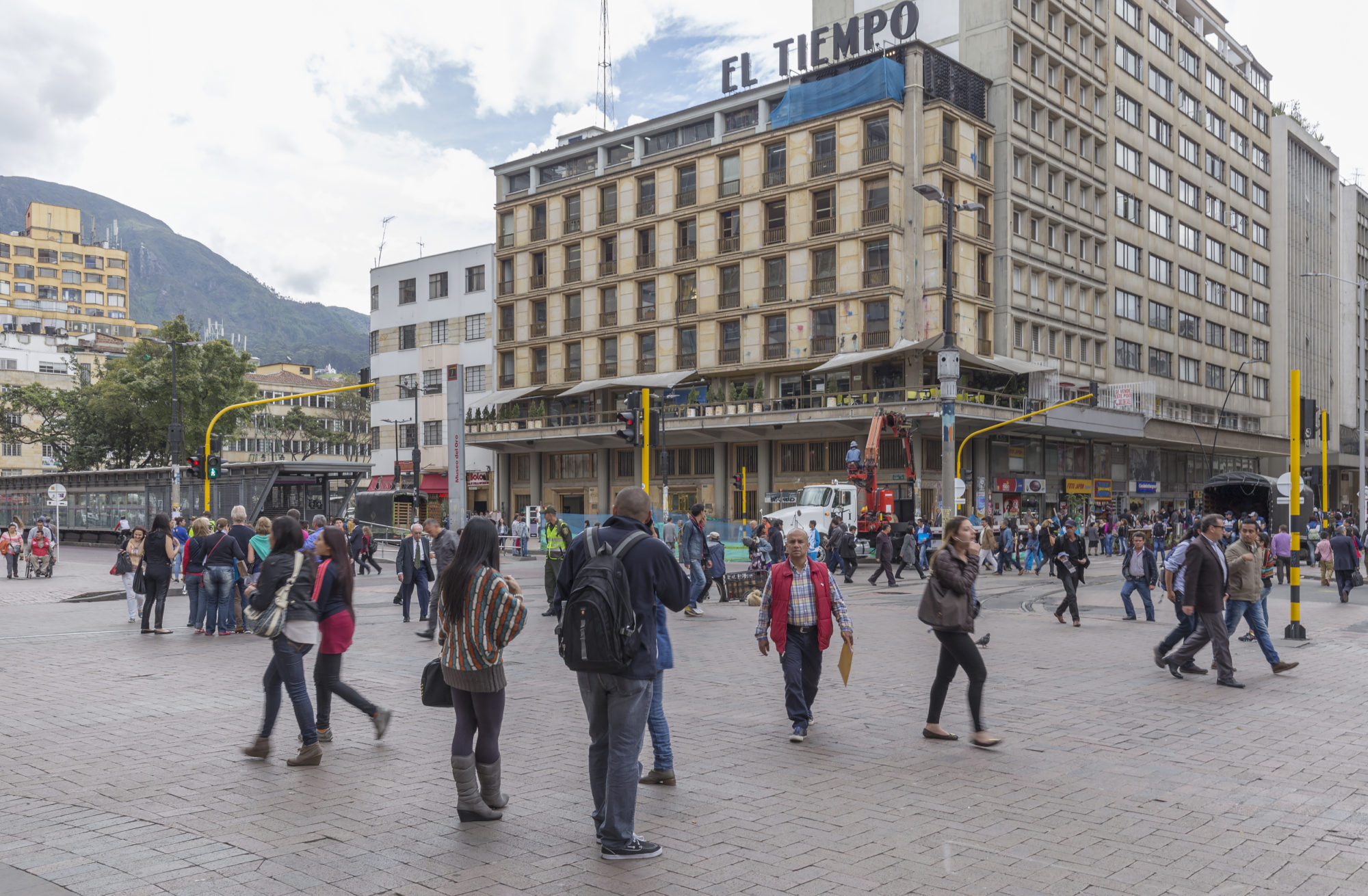
Mzansi and Zimele product standards in South Africa
Insurance usage in South Africa has for a long time been out of reach of the majority of the low-income population. In 2004, the FinScope survey of financial services usage reported that only 13% of the country’s low-income population had at least one long-term insurance product. The usage figure for



















